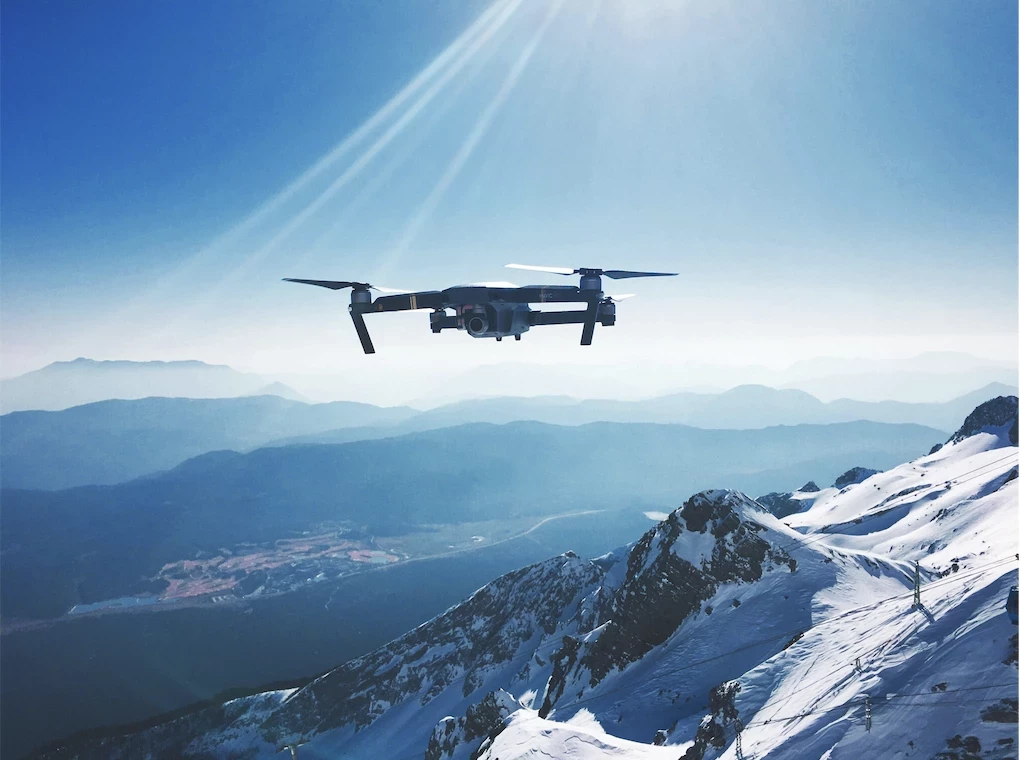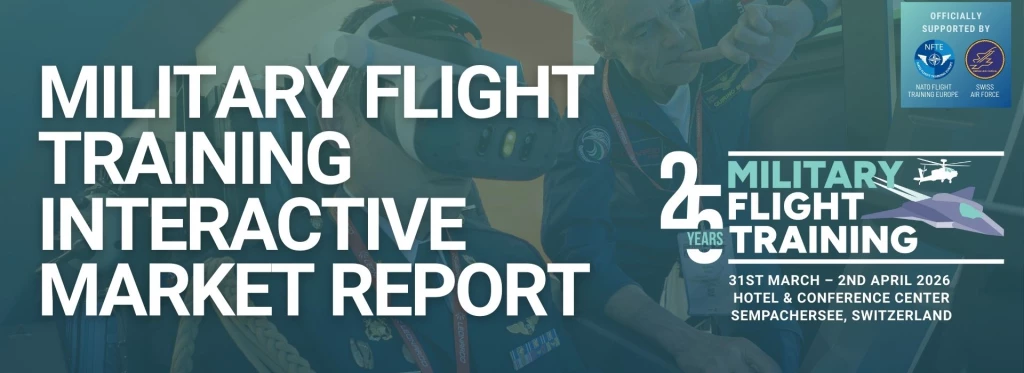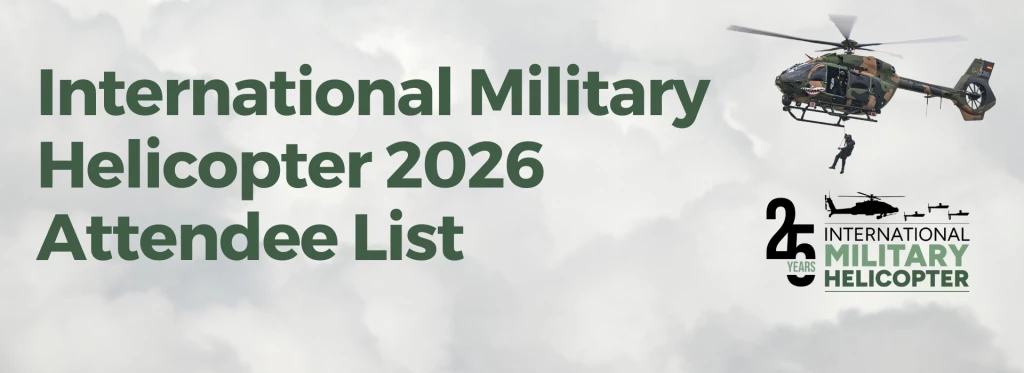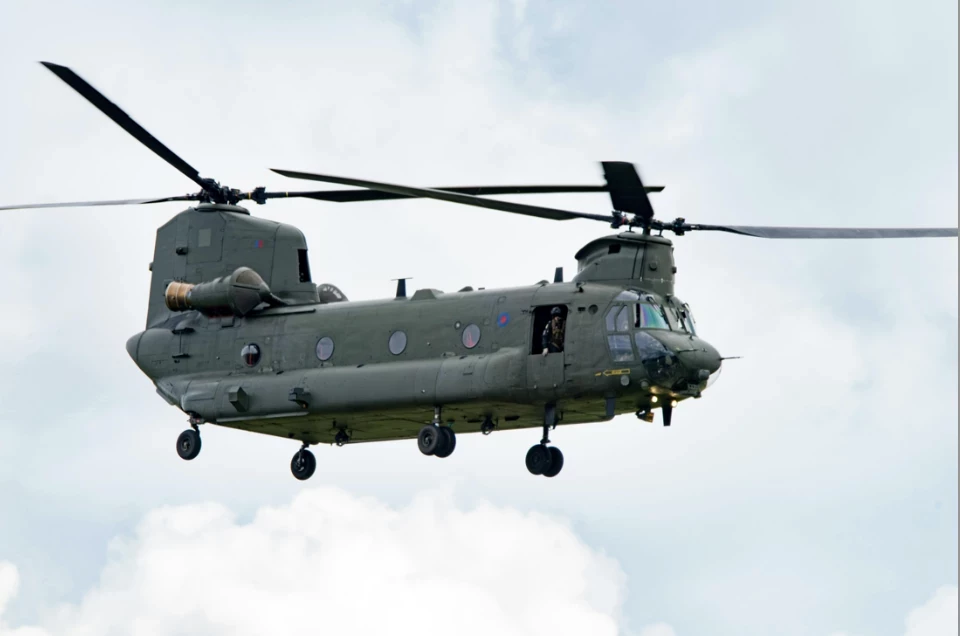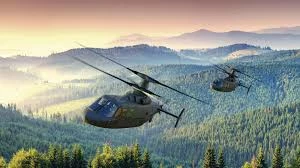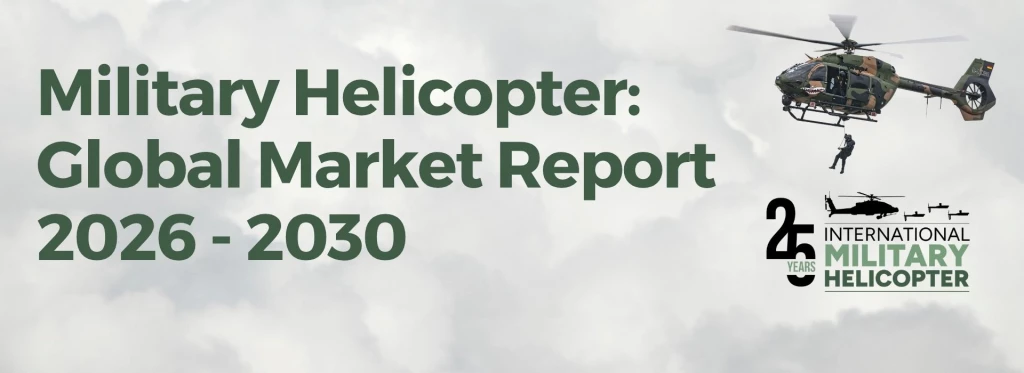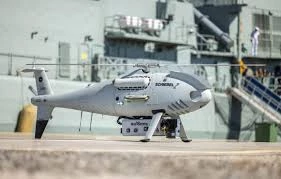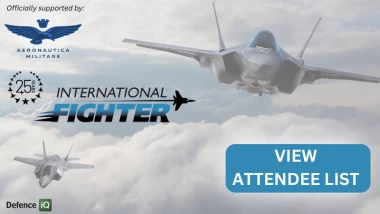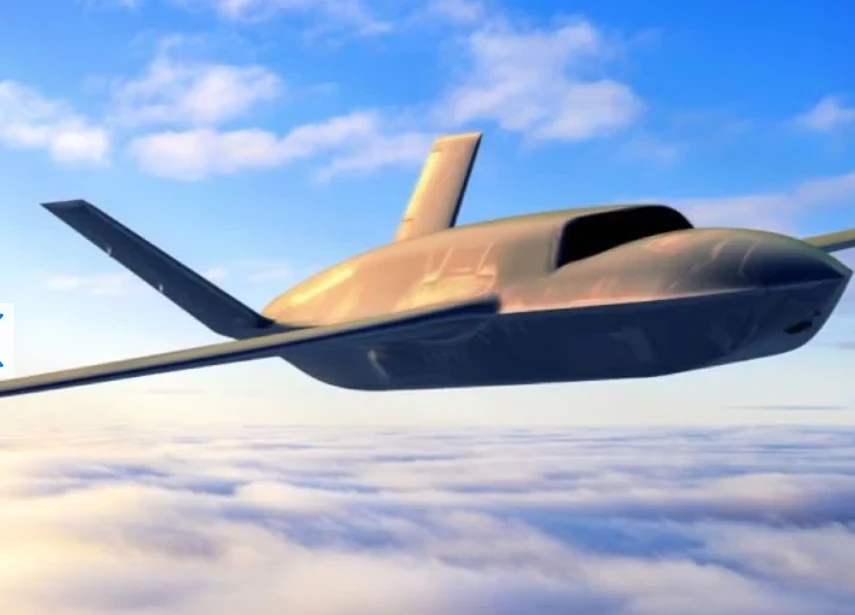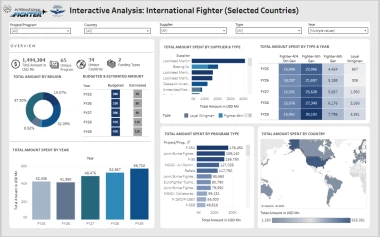Delegate Review: Unmanned Aerial Systems Training and Simulation Conference 2014
Add bookmarkBuilding upon the success of last year’s event, December 2014 saw the return of Defence IQ’s UAS Training and Simulation conference. Held in London Victoria’s Park Plaza, the conference addressed a series of crucial challenges surrounding the training of service personnel in the unmanned sphere, with a special focus upon the role and utility of simulation in the training process.
The two-day event was preceded by a pre-conference workshop entitled ‘A European UAS School or a Reaper club?’ In this animated workshop, the concept of a global or regional Medium-Altitude Long-Endurance (MALE) UAS training school was utilised as a case study and talking point, encouraging delegate discussion around existing unmanned training infrastructures and programmes, and considering the challenges such a venture may face. Lively discussions ranged from the possible economies of scale, facilities, and platform availability such a venture may afford, to the regulatory, ownership, geopolitical, and national security challenges faced. The workshop thus acted as a valuable forum in which diverse and international experiences, expertise, and lessons learned, were voiced and shared, sparking and setting the tone for the days that followed.
The two-day conference itself showcased international presentations from a range of forces, including: the U.S. Air Force, Royal Netherlands Air Force and Army, Spanish Air Force, German Air Force, Swedish Air Force, Polish Air Force Academy, Danish Army Intelligence Centre, US Navy ORNG and Air Force Research Laboratory; as well as a number of established industry partners, including CAE, Unmanned Experts, and the Met Office; and lastly a key policy-maker, the Civil Aviation Authority. Presentations were engaging, timely, and highlighted a series of crucial training advances, as well as challenges remaining, for the unmanned sphere. The breadth and diversity of unmanned training experiences examined gave the event a real and distinct edge in facilitating a truly international dialogue and forum in which valuable insights and ideas were shared.
A series of key discussions emerged throughout the proceedings, revolving around the following issues:
- The advisable percentage of simulator activity during training (and whether a zero flight hours schedule is possible)
- The role of simulation during operator training, and the required fidelity of the synthetic environment depending on the role trained for (sometimes the sensor fidelity is too good, and there is a considerable cost attached to higher resolution)
- Intake entry standards for unmanned service personnel
- The sharing of best practices for building and establishing training and certification curricula
In addition, the conference also engaged with a series of issues facing the unmanned sphere more widely, including considering the challenges and opportunities of airspace regulation, the utility of a dialogue with the civilian unmanned sphere, and the impact of (space) weather upon unmanned operations (and thus the importance of including it in the crosscheck). Special attention was also focussed upon what lessons can be learned and experiences shared from the history and developmental trajectory of manned aircraft. A notable refrain throughout the proceedings was thus the understanding of UAS as an evolution (rather than revolution) of manned aircraft, and thus the importance of remembering the ‘man’ in the unmanned loop. Rather than unmanned aircraft, RPA (Remotely Piloted Aircraft) was thus the key abbreviation of the event.
Throughout these fascinating and insightful presentations and discussions, ample time was afforded for delegate questions, creating an engaging atmosphere that both drew and capitalised upon the vast wealth and diversity of delegate expertise, opening up many more relevant discussions than those the event’s programme boasted. Networking opportunities were carefully crafted into the conference itinerary, facilitating valuable dialogue that occurred across both defence and civilian, user and manufacturer lines.
Chaired by the experienced and charismatic Squadron Leader Keven Gambold (Retd.), now CEO of the global UAS consultancy firm Unmanned Experts, UAS Training and Simulation 2014 provided a much-needed forum for the unmanned community, taking seriously the fundamental and foundational area of unmanned personnel training. As reflected by the frequently recited quote opening this review, the event successfully emphasised and evidenced the importance of treating training as a crucial component of the unmanned agenda moving forward. It pointed delegates to existing expertise and initiatives, emerging academics and research (most notably in the area of human factors), that which to leverage when facing the challenges ahead.
[eventpdf]










